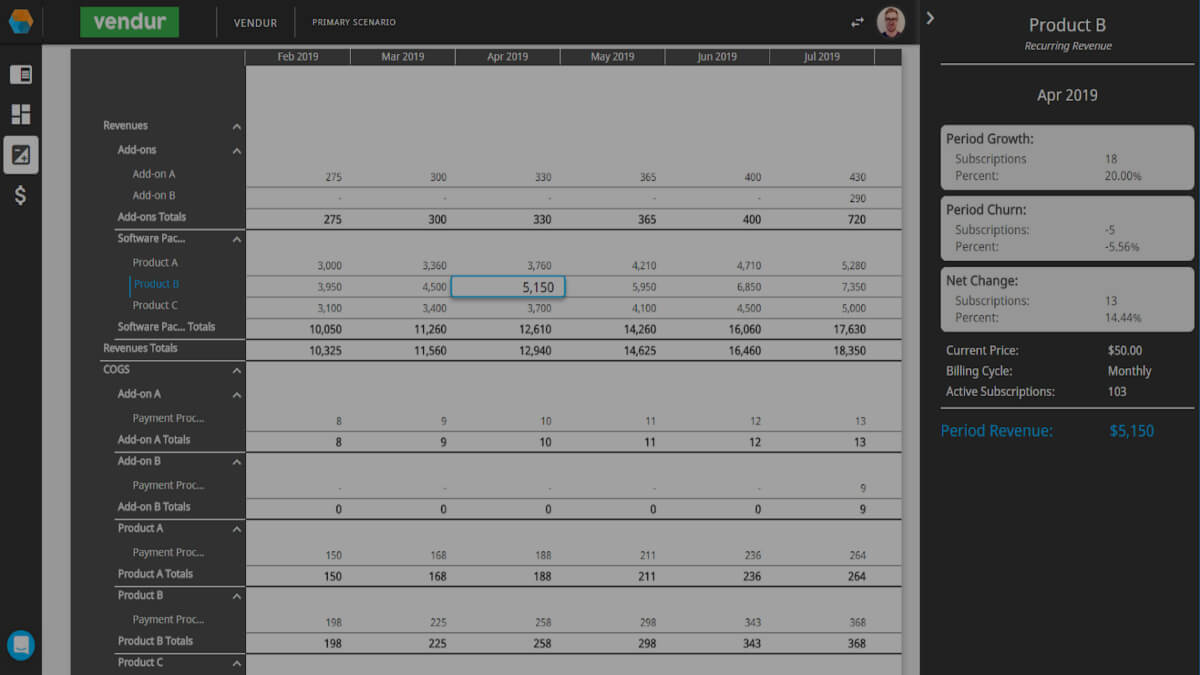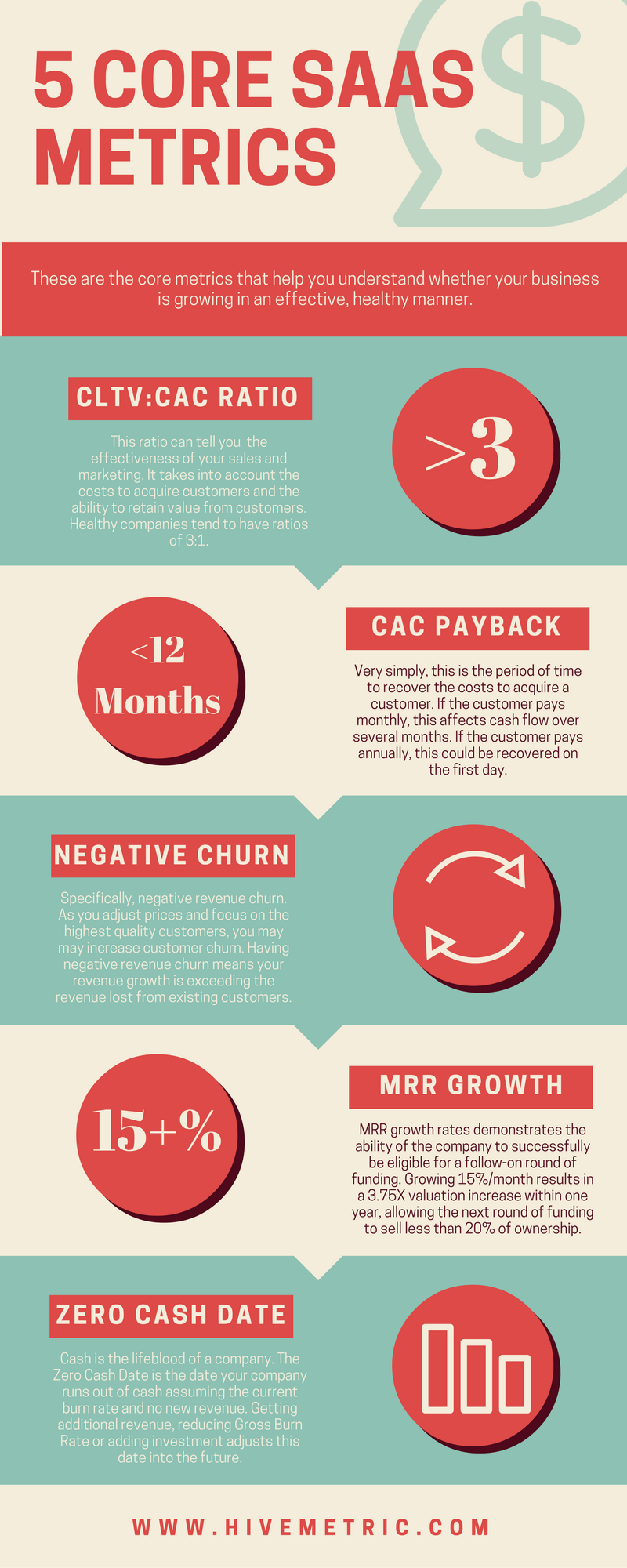As a startup, it can be tempting to throw your minimum viable product out into the world for all to see right after you think you’ve got something semi-functional.
After all, you have to move fast and break things to keep up in a cutthroat world of constant innovation. You’ve got to be moving at 100 mph at all times, and releasing something new every single da…
Whoa there – let’s hold up one sec.
It’s undoubtedly true that moving fast is paramount to startup survival and success – any entrepreneur will tell you that.
But it’s also important to move fast in the right direction.

I’ve seen it happen before – you rush into a baseline product, pump out awesome features left and right, and then… nobody wants to use your new features.
I’ve even been in that situation myself – I know that awful feeling you get after you’ve created something amazing, only to find the rest of the world doesn’t share that same view.
It sucks.
I also know what the key is to making sure you don’t end up like I did.
It’s called a Beta Test.
You’re probably thinking: “Isn’t a beta test just releasing something early? Why would I do that when I can just release the whole thing?”
The solution to a successful beta for both new products or additional features isn’t just in an early release – it’s how you plan that release and then analyze the data you collect to plan for a more effective roll-out of your actual product.
Moving fast is good.
But moving fast, testing, getting feedback, analyzing, and producing results is even better.
Let’s take a look at some of the things you can do to ensure your beta test is an outstanding success.
Define Clear Goals
With every process involved in running a startup – from product development, to sales and marketing – it is important to have some sort of goal to aim for.
The same thing goes for your beta test.
Ask yourself, what is it you are trying to get out of your beta product?
Is it feedback on a specific feature? Seeing how many users come back more than once? How long users are spending during each session with your product?
Whatever it is, clearly define your goals and purpose so you can have something to track.
And then, actually track it. That way you can measure your success, and identify what went well, in addition to areas for improvement.
Set a Timeline
You’re not going to be in beta forever – eventually, you’ve got to start making some real $$$.
After you have goals, you’ll need to decide on how long you want to beta test your product.
Most brand new products will test for around 6-12 weeks, on average. Testing new features, however, can last anywhere from a couple weeks to multiple months, depending on the size and scale of what is being released.
Be sure to decide on the time frame that will allow your business to collect enough feedback to provide the most value before you launch.
Keep It Closed, But Open for Applicants
Remember, this is a beta launch, not the real thing.
Right now, quality > quantity.
The problem with massive, public releases is that the feedback you get will come from a variety of sources – all having different views, requests, and uses for your product.
You want to focus on the group of testers that are going to give you the most constructive feedback towards helping you prepare for your actual launch.
I want you to think of the ideal power user of your product – someone who uses you every single day. Someone who would breakdown crying if they missed a single day without your product.
Now find those people.
Think of anyone you might know directly, or run targeted ads on social media that direct people towards a “Beta Signup” landing page. Also, put a link to that same page or embed a form on the homepage of your website – just in case someone interested happens to stumble upon it.
The key is finding an ideal fitting group of target testers, without getting the whole world involved.
What’s more, keeping your beta test closed gives a feel of exclusivity – which in turn makes anyone who is granted access likelier to be more involved and provide better feedback.
Release It in Waves
Do not spend time collecting leads for beta users and then release it to everyone at once.
For the sake of your sanity, please don’t do this.
Things will go wrong, features will break, people will get upset, and your entire business will seem like it is crumbling to the ground on top of you.
That’s the truth – I’ve been there, and anyone who has released anything new has been right there with me.

Separate your testers into groups, and then release your product to each group one at a time in even, controlled increments depending on your timeline.
Gathering feedback will be ten times easier, and you’ll have a smoother beta roll-out in general.
You’ll thank me later.
Encourage and Automate Feedback
What’s the point of a beta when you don’t know if people actually like your product?
You need to be constantly encouraging, gathering, and consolidating feedback from your group of testers.
There a few ways to do this that I have found the most effective:
- In-app chat
- Emails
- Making forms available all over your website/app, and referring people to them
For example, in our beta test, we first started by including a link to our “Contact Us” and “Bug Reporting” forms in the initial email we sent to a tester with their instructions to log in.
After logging in, a chat icon with my face popped up asking them if they had any questions, and reminding them how appreciative we’d be if they could report bugs.
And finally, after seven days from their initial log in, we would send an email to them asking for comments, feedback, suggestions, or just about anything they had to say pertaining to their experience in our beta (Thank you Intercom).
It’s incredible the number of people that will tell you how they feel if you simply keep asking them.
Bottom line – listen to your users, and let their feedback guide you to a better product.
Beta Test Final Thoughts
I hope this all helps you launch your beta product in an effective way where you can moderate and act on results.
And remember – while moving fast is better than going slow, there is always a right way and a wrong way to go about it.
If you want to read more awesome resources on running your startup, check them out here!





















